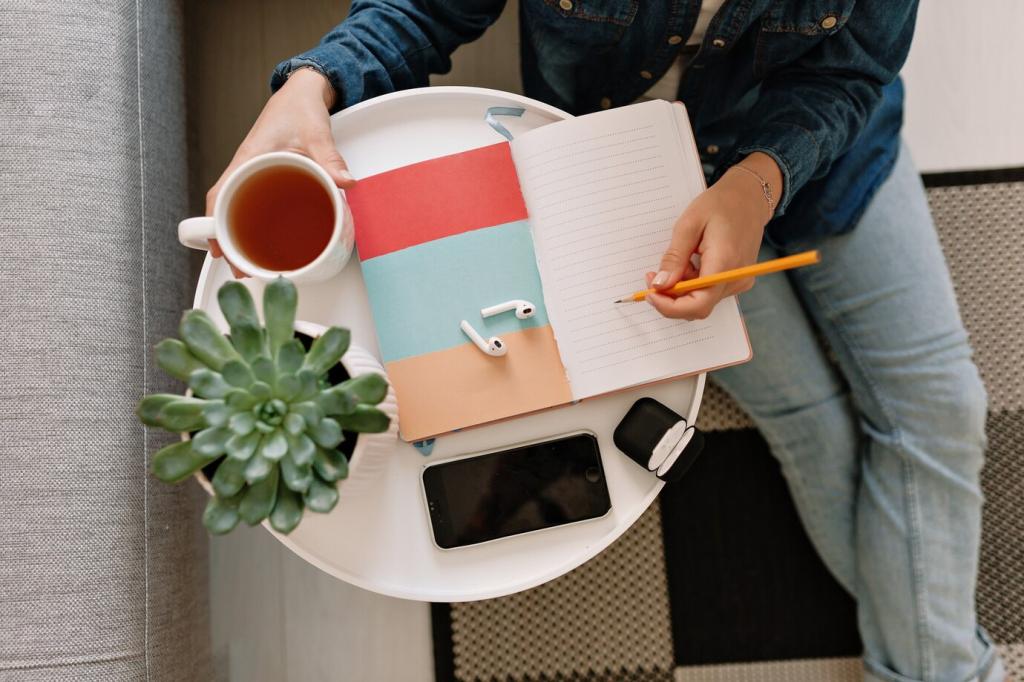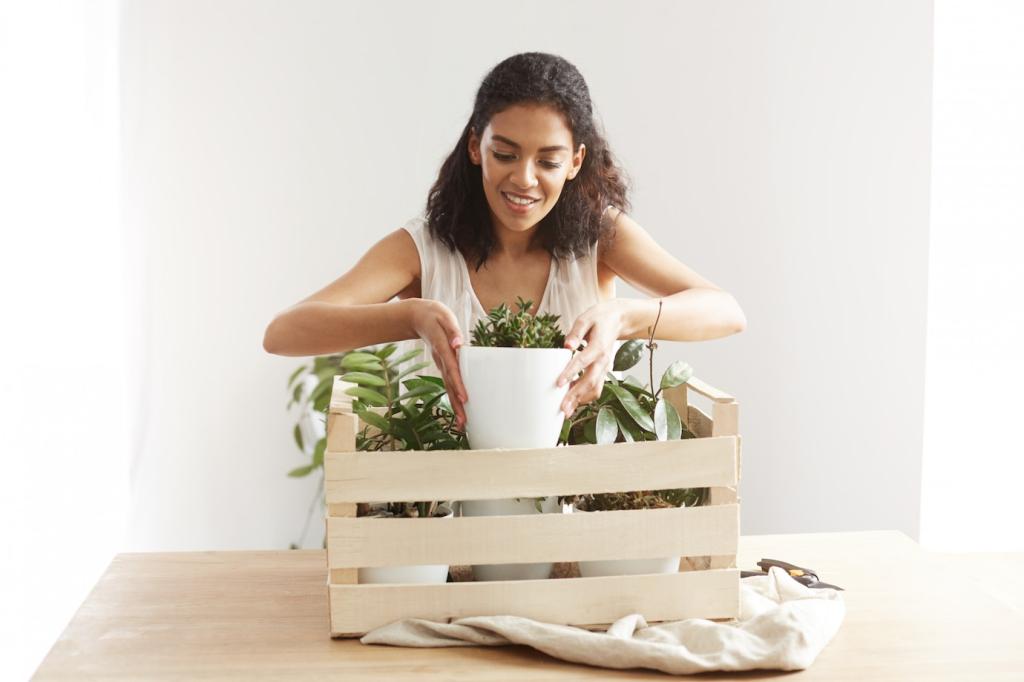Establishing an Effective Evening Routine: End Your Day, Empower Tomorrow
Chosen theme: Establishing an Effective Evening Routine. Build a calm, repeatable close to your day that sets up focus, energy, and mood for the morning. Read on, try a step tonight, and subscribe to follow the journey.
Why Evenings Shape Your Tomorrow
Your body favors rhythm. When evenings cue darkness, quiet, and predictability, melatonin rises, heart rate lowers, and sleep pressure builds. Honor that pattern and your routine becomes effortless, restorative, and sustainable.

Designing Your Wind-Down Window
Pick a fixed anchor time or event—like starting the dishwasher or feeding the cat. Stack your first step right after it. Consistent anchors beat motivation and transform your evening into a gentle flow.
Designing Your Wind-Down Window
Try this simple rhythm: three hours before bed, finish big meals; two hours before bed, stop work; one hour before bed, screens off. Test and tweak to match your life, then commit.


Place phones and tablets in a bowl or drawer outside the bedroom. Add a charger and a small notecard stating your last check time. Physical distance makes better choices delightfully easy.
Digital Sunset and Boundaries
Declutter the Mind: Reflection and Planning
Five-minute journal ritual
Write one win, one lesson, and one gratitude. Keep it brief and honest. This tiny ritual reframes the day and lowers the volume on lingering self-critique that can sabotage sleep.
Tomorrow’s Top Three
List your top three priorities for the morning, then place the list where you’ll see it. Clarity at night reduces morning hesitation and makes your routine feel purposeful from the first step.
The worry container
Set a timer and brain-dump concerns onto paper. Close the notebook physically, telling yourself, “I’ll handle this tomorrow.” This symbolic closure can dramatically reduce rumination as you drift toward sleep.
Relaxation and Gentle Movement
Try a light sequence: neck rolls, hip openers, hamstring stretch, and thoracic twists. Move with breath, not ambition. You’re preparing for rest, not a personal record or sweaty achievement.
Relaxation and Gentle Movement
Practice 4-7-8 breathing or box breathing for three minutes. Exhales settle the nervous system, easing the transition from doing to being. Share your favorite calming technique to inspire other readers.
Relaxation and Gentle Movement
A warm shower or bath raises skin temperature; the post-bath cool-down nudges melatonin and sleepiness. Add lavender or eucalyptus if you enjoy scent associations that reliably cue your evening routine.
Sleep-Friendly Fuel and Sips
Caffeine timing that respects sleep
Caffeine’s half-life is about five to six hours. Many people sleep better when they stop by early afternoon. If you love the ritual, switch to herbal tea while honoring your evening routine.
A light, comforting snack
If slightly hungry, pair complex carbs with protein—like yogurt with oats, or whole-grain toast and almond butter. Small, steady energy prevents 2 a.m. wake-ups without burdening digestion before bed.
Alcohol myth, kindly corrected
Nightcaps feel relaxing but fragment sleep and reduce REM. Try a tart cherry spritzer or chamomile instead. Track how you feel; your evening routine thrives on honest feedback and gentle experimentation.

Cool, dark, and quiet
Aim for a bedroom around 60–67°F, minimize light, and tame noise. Blackout curtains and a simple white-noise fan often outperform complicated gadgets for reliable, consistent nighttime comfort.

Remove visual clutter
Clear nightstands, coil cords, and pick two calming objects—a plant and a book work wonders. Your eyes should see rest cues, not tasks. Calm surroundings reinforce your evening routine without effort.

Bedtime cues that stick
Keep a single, dedicated reading lamp and a soft throw you use only at night. Predictable cues reduce friction. Tell us your favorite bedroom tweak so others can refine their own routines.
